54 F. high in the Twin Cities Saturday.
57 F. average high on October 18.
53 F. high on October 18, 2013.
October 18 in Minnesota Weather History. Source: MPX National Weather Service:
2000:
Warmest October 19th in Minnesota history. Many cities had highs in the
80s, with the Twin Cities hitting 84 degrees. Appleton in Swift County
reported 90 degrees.
2000:
Warmest October 19th in Minnesota history. Many cities had highs in the
80s, with the Twin Cities hitting 84 degrees. Appleton in Swift County
reported 90 degrees.
1972: Cold Snap. 1 above in Tower. 9 in St Peter and Luverne.
1916: Redwood Falls received a record-setting 7 inches of snow.
Mellowing Autumns
"To
be interested in the changing seasons is a happier state of mind than
to be hopelessly in love with spring" wrote George Santayana. What's
"spring?" Give me autumn over spring, anytime. We see our fair share of
big temperature swings in October, contrasts capable of whipping up high
winds.
Since the late 90s autumn in Minnesota is trending milder.
Many years lake-freezing temperatures are delayed until December.
Winter snows are more fickle; far fewer subzero lows since 2000 than the
70s and 80s. Springs are trending wetter, especially southern Minnesota
- and summers, although not significantly hotter, are more humid; more
days with drippy dew points in the 70s and 80s. That means more water in
the air, fueling heavier downpours and historic June floods.
An
amazingly stubborn ridge of high pressure, a bloated dome of drying,
sinking, warming air, remains stuck over the Plains into next week,
keeping us milder than average. An Indian Summer Alert remains posted:
60s the rule, not the exception, thru the middle of of next week. It
cools off a bit for Halloween but Old Man Winter is in no hurry to pay
us a visit.
Maybe Minnesota will ease into winter this year.
Uh huh.
Mild Bias into Early November?
The map above shows average 500 mb (18,000 foot) steering winds
predicted for October 24-28, showing continued ridging from the Rockies
into the Plains, keeping Minnesota and the Upper Midwest milder than
average the next 1-2 weeks. Map: NOAA.
 60-Hour Precipitation Outlook
60-Hour Precipitation Outlook.
NOAA's 4 km NAM accumulated rainfall product shows heavy showers and
T-showers across northern New England; heavy rain for south Texas, and
heavy rain bands approaching the Pacific Northwest by Sunday night and
Monday. Animation: NOAA and HAMweather.
Not Done With Indian Summer Just Yet.
Expect a run of 60s this week, probably spilling over into at least the
first half of next week. Temperatures run 5-15F above average looking
out the next 2 weeks, as winds blow from the Pacific vs. northern
Canada. Graph: Weatherspark.
Where Is El Nino? Why Do We Care? Climate Central
explains the correlations between El Nino warm phases and weather
downwiind across the USA. Although it turns out every El Nino is a bit
different; here's an excerpt: "
That El Niño we’ve been tracking for months on end — the one that is taking its sweet time to form — still hasn’t emerged, forecasters announced Thursday. But
the reason we still care so much about it, following all of its tiny
fluctuations toward becoming a full-blown El Niño, is that it can have important effects on the world’s weather,
including in the U.S. It can even boost global temperatures, helping
set the planet on the course to be the warmest year on record..."
Tornado "Clusters". It's A Thing.
USA TODAY has a good summary of a new paper showing recent tornado trends; here's an excerpt: "...
Now,
on the days when tornadoes do occur, the twisters happen in greater
number, according to the study published by NOAA researchers in the
journal Science. For example, in the 1970s,
there were only about 0.6 days a year on which more than 30 tornadoes
were spotted. But that leaped to about three days per year in the 2000s.
"There is a lower probability of a day having a tornado, but if a day
does have a tornado, there is a much higher chance of having many
tornadoes," the study found..."
Atmospheric Black Hole. Engadget had a great photo and explanation of Typhoon Vongfong; here's an excerpt: "...
NASA astronaut Reid Weisman posted
this dramatic photo as the International Space Station orbited overhead
on the morning of October 9th, when Vongfong was getting close to
Okinawa. It had been downgraded to "just" a category 4 super typhoon by
then, but that still made it both enormous and dangerous -- the eye
alone was about 30 miles across, and it had sustained winds of nearly
150MPH..."
Why I'll Think Twice Before Using A Public WiFi Network.
At least one that isn't encrypted. Medium dives into the deep end of
the pool describing, in vivid real-world details, how your personal
information is put at risk in many public WiFi networks; here's a clip:
"...
The idea that public WiFi networks are not secure is not exactly
news. It is, however, news that can’t be repeated often enough. There
are currently more than 1.43 billion smartphone users worldwide and more than 150 million smartphone owners in the U.S. More than 92 million American adults own a tablet and more than 155 million
own a laptop. Each year the worldwide demand for more laptops and
tablets increases. In 2013, an estimated 206 million tablets and 180
million laptops were sold worldwide. Probably everyone with a portable
device has once been connected to a public WiFi network: while having a
coffee, on the train, or at a hotel..."
20th Anniversary Gala for MORC.
MORC is a non-profit organization dedicated to "gaining and maintaining
trails" since 1994. These are off-road mountain and bmx bike trails for
all ages to enjoy around the Twin Cities metro. With 2014 being our
20th anniversary as a non-profit we are celebrating by throwing a BIG
party! The Minnesota Off-Road Cyclists are hosting the
20th Anniversary Gala Sunday, November 9th from
2-7 pm at the
Varsity Theater. This event
will be aimed at raising funds for our 2015 season. We are currently
developing the Three Rivers Park area at Lake Rebecca as well as new
trail at Theodore Wirth Park. Developing these new trails will take a
lot of blood, sweat, tears and dollars to complete but it is sure to be
amazing!
This will be a black tie dinner event that includes guest
speakers; Paul Douglas, local meteorologist, Steve Flagg (President
QBP), Matt Andrews (International Mountain Bicycling Association) and
Libby Hurley (MN High School Mountain Bike League) as well as live and
silent auctions to support MORC’s efforts moving forward. Also excited
to announce "The Lost Wheels" providing live musical entertainment for
the evening!
Tickets are now on sale here:
bit.ly/morcGALA
TODAY: Partly sunny, breezy, milder. Winds: SW 10-20. High: 65
SUNDAY NIGHT: Slow clearing. Low: 44
MONDAY: Sunny, slightly cooler. High: 59
TUESDAY: Blue sky, cool and comfortable. Wake-up: 39. High: 58
WEDNESDAY: Clouds increase, showers arrive late. Wake-up: 42. High: near 60
THURSDAY: Damp start, slow clearing. Wake-up: 47. High: 61
FRIDAY: Indian Summer, more lukewarm sun. Wake-up: 45. High: 68
SATURDAY: Plenty of sun, still very nice. Wake-up: 48. High: 61
Climate Stories...
Second Annual Minnesota Climate Adaptation Conference. Tickets are still available
for the November 6, 2014 conference at the Hyatt in Minneapolis. Last
year's conference was eye-opening with useful, actionable information
across multiple industries and agricultural concerns. Here's a draft
agenda and overview of what to expect this year: "
The 2014
Conference on Climate Adaptation is designed for local officials,
planners, engineers, natural resource practitioners and others who want
to know more about climate adaptation strategies. Learn about new plans
that have been implemented or tested in various sectors, including human
health, local governmental entities, college campuses, resources,
recreation, and agriculture. Discover ways in which individual action
could impact climate change. Our keynote speakers will provide updates
on the increasing number of severe storm events, with continuing
discussion in breakout sessions in the morning and afternoon.
Registration is 95.00, which includes lunch, breaks and parking."
Barrow's Dramatic Autumn Warming Linked to Sea Ice Shrinkage. Here's an excerpt of a story at
Alaska Dispatch that got my attention: "...
While average annual temperatures in Barrow
increased by 2.7 degrees Celsius (4.86 Fahrenheit) from 1979 to 2012,
October temperatures rose by a whopping 7.2 degrees (12.96 Fahrenheit)
over that period, according to the study, published in the Open Atmospheric Science Journal. “I was actually astonished about it,” said Gerd Wendler,
lead author and a professor emeritus at the Arctic Climate Research
Center, part of UAF’s Geophysical Institute. “I think I have never,
anywhere, seen such a large increase in temperature over such a short
period...”
Photo credit above: "
Chukchi Sea waves crash on the coast at Barrow on Sunday, Nov. 10, 2013." Marc Lester / ADN archive.
Study: Natural Gas Surge Won't Slow Global Warming. US News has a summary of recent research findings; here's a snippet: "...
Computer
simulations show that emissions of heat-trapping gases to make
electricity would not decline worldwide and could possibly go up, says
the study, released Wednesday by the journal Nature. Unconventional
techniques such as high-volume hydraulic fracturing and ultra-deep water
drilling have increased global supplies of natural gas so much that
prices are now expected to remain relatively low for years to come. That
makes generating electricity with natural gas cheaper than it otherwise
would be, and makes it harder for wind and solar to compete..."
File Image Credit: "
In
this Aug. 6, 2011 file photo, a natural gas well operated by Northeast
Natural Energy is seen in Morgantown, W.Va. Cheap and plentiful natural
gas isn’t quite a bridge to a brighter energy future as claimed and
won’t slow global warming, a new study projects. Abundant natural gas in
the United States has been displacing coal, which produces more of the
chief global warming gas carbon dioxide. But the new international study
says an expansion of natural gas use by 2050 would also keep other
energy-producing technologies like wind, solar and nuclear, from being
used more. And those technologies are even better than natural gas for
avoiding global warming." (AP Photo/David Smith)
When Our Responses to Drought Make Things Worse. Here's a clip from Peter Gleick writing for
Huffington Post: "...
In a new study just published by the journal Sustainability Science (Springer), analysis from the Pacific Institute
shows that many of the fundamental responses of California water users
to severe drought actually make the state's overall water conditions
worse -- that in the end, many of these actions are "maladaptations."
Water is a complex resource; and water problems are an equally complex
mix of natural resource, technology, social, economic and political
conditions. When water is limited, such as in water-short areas or
during extreme events such as droughts, society puts in place a variety
of responses..."
Churches Go Green By Shedding Fossil Fuel Holdings. Here's an excerpt from a story at
The New York Times: "...
But
churches can lend a powerful moral sway to the movement, said Marion
Maddox, an expert in religion and politics at Macquarie University in
Australia. “The amount of money we’re talking about isn’t going to
bankrupt any fossil fuel companies,” Dr. Maddox said. Divestment by the
churches, however, “has the effect of getting people to stop and think,
‘Is this respectable to be involved with?’ ....”

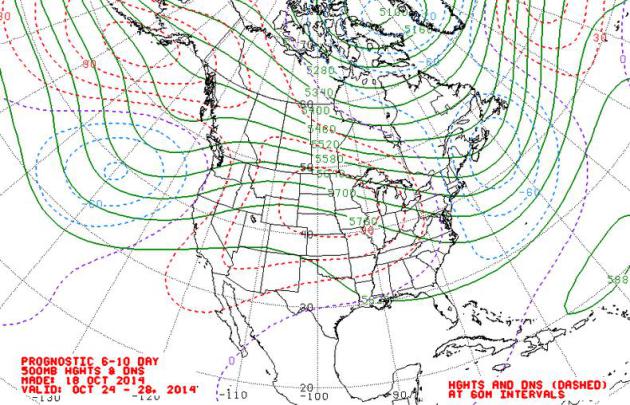

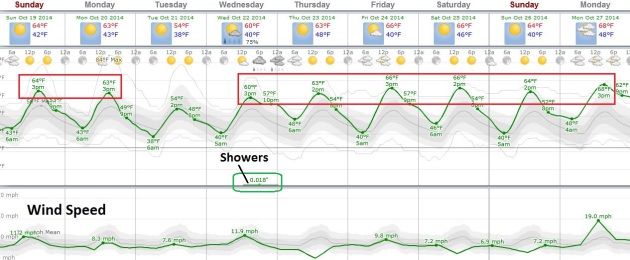
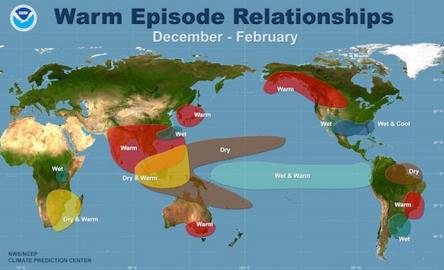
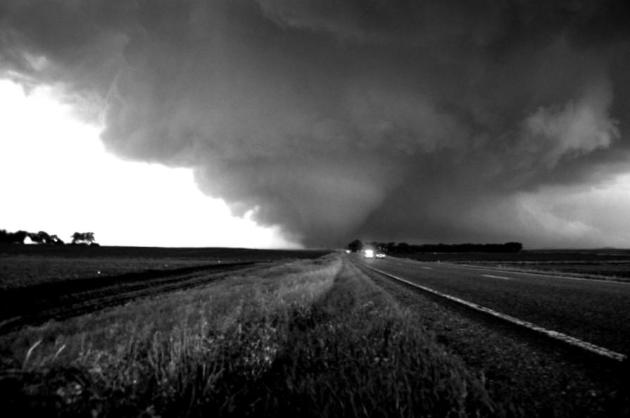
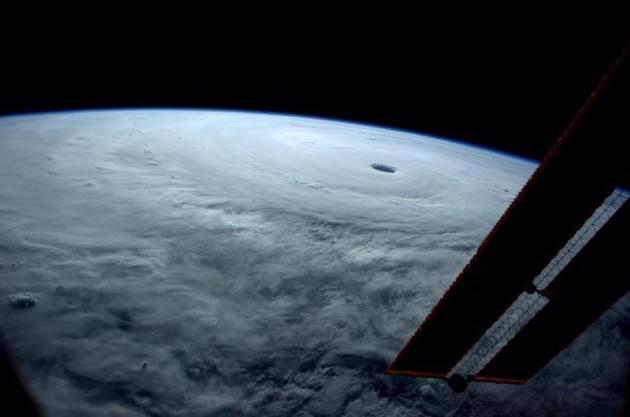

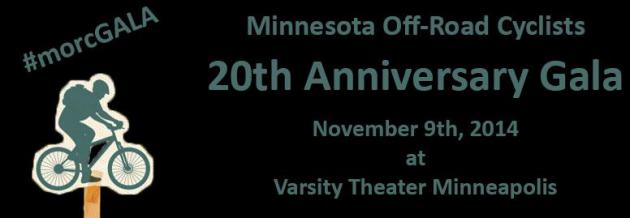



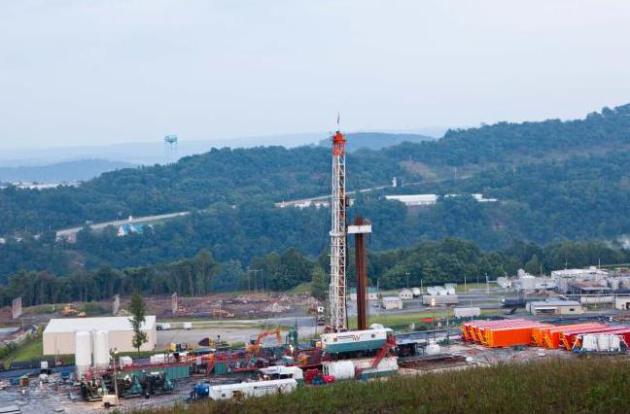
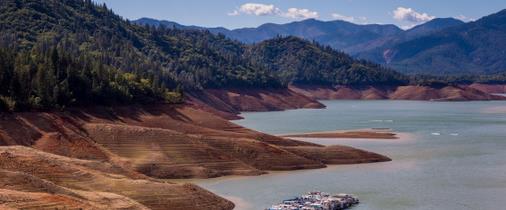
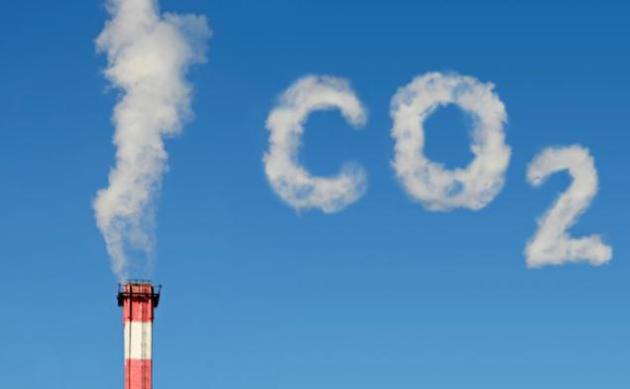
No comments:
Post a Comment